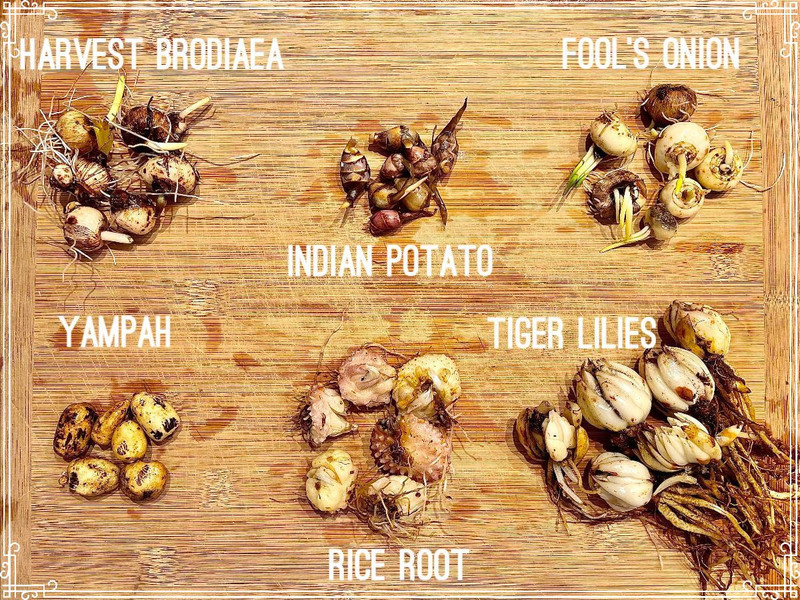Every year when Fall finally arrives, I breathe a deep and refreshing sigh of relief. The shortening days bring the promise of rest as the rain washes away the dusty remnants of Summer. Surrounded by the year's harvests and projects still to come, the cozy sweater weather gives space for reflection on the last season while visions of next year's gardens begin to dance through our minds.
While working on some of the season's final harvests, and preparing the garden beds for the coming Winter, I'm constantly taking stock of what worked, and what needs to change for next year. This year, I had leafy herbs in a space that got too much direct sun and not enough water. Will I change the watering lines and schedule for next year, or try planting something else in that space that can tolerate those conditions?
Looking through the inventory at the Nursery, I have started thinking about some of the bulbs we have for native onions and flowers... Maybe I will get a head start on next year's garden by putting in some bulbs that like to dry out in the summer. Thinking about this gets me excited about all of the incoming bulbs and bare-roots and brings another burst of energy as I remember that we don't have to wait until the Spring to start planting.
Every year, we get questions from folks about planting in the garden in the Fall/ Winter seasons. I am reminded of something said by one of my first mentors, a Master Gardener in Northern California: 'There are times that are more preferable for each plant, but you can transplant anything at any time so long as the soil isn't frozen'. This widened my understanding of working with plants and was a contributing factor in my decision to move to the Willamette Valley in Oregon.
Here, we thankfully don't have a long stretch of freezing temperatures, and it is only for a brief window that the soil may freeze. This means that throughout a large portion of the colder seasons, we can still plant bulbs and bare roots, as well as transplant dormant plants. This gives the roots time to acclimate to their new home and stretch their roots out before it is time for them to put out foliar growth. The plant having time to become more established during the colder seasons means it will wake up in the Spring ready for rapid growth.
This feels like a direct reflection of how I am able to bloom in the Spring when I have taken the time in the Fall to reflect, reassess, integrate and rest with the season. Taking more lessons from the garden, I now find myself searching... what are the bulbs I can plant within myself to nurture as they spread their roots during these darker months?
Welcoming in the Fall; How Bulbs and Bare-roots Reflect Inner Growth
